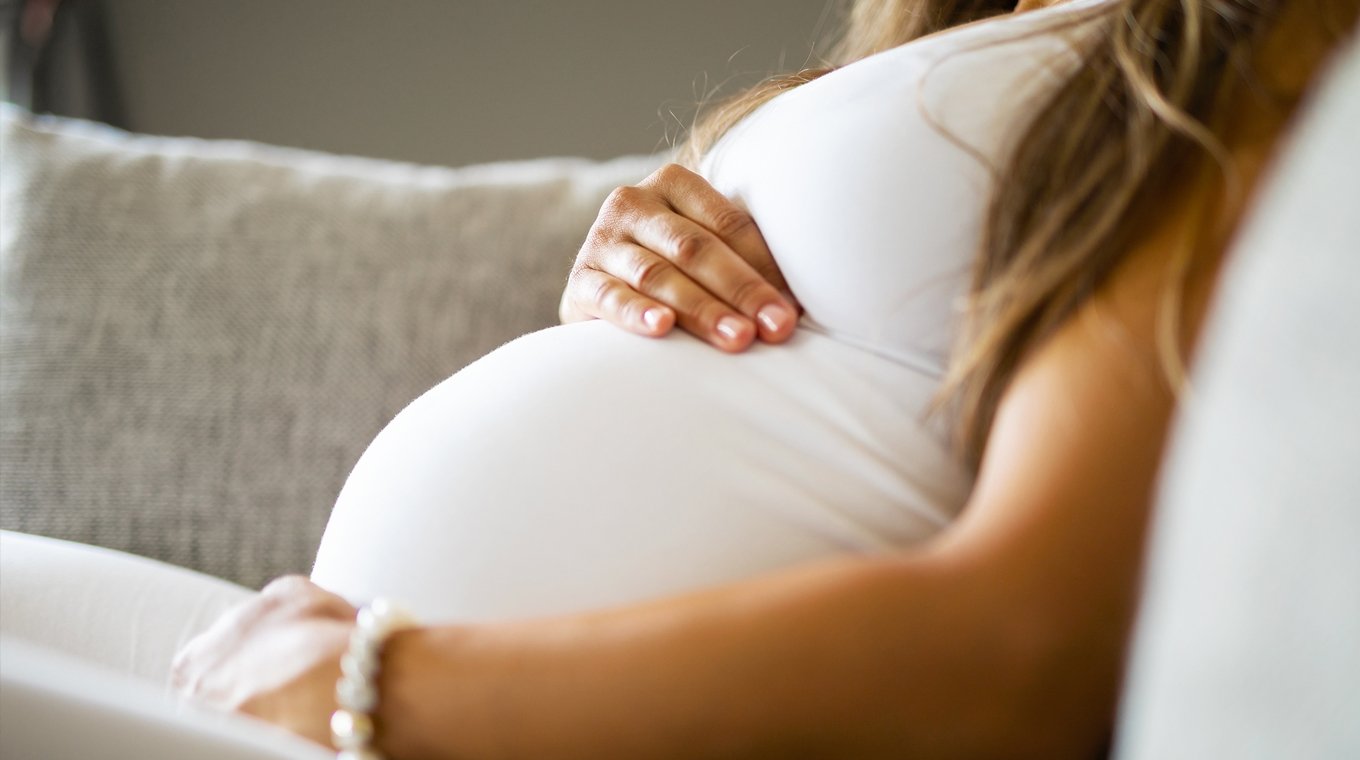
In this article
When you’re pregnant, you might wonder why your obstetrician checks your blood pressure and asks for a urine sample at each visit. You might also wonder if swelling in your feet and ankles is normal. The answers to both questions have roots in a pregnancy condition called preeclampsia. Here’s how to know if you have preeclampsia and what you can do about it.
Overview: When does preeclampsia start in pregnancy

Historically known as toxemia, preeclampsia is characterized by elevated blood pressure and protein in the urine after the 20th week of pregnancy, which is why your doctor checks your levels. While swelling of your feet and ankles is commonly seen in preeclampsia, it is not necessary for the diagnosis and is often seen in normal pregnancies as well.
However, when water retention goes beyond the feet and also affects the hands and face, preeclampsia as the cause should be considered and ruled out. With its often sudden onset, potential rapid progression, and possible severe consequences for both the mother and her unborn child, preeclampsia is a pregnancy condition that needs to be taken very seriously.
In addition to preeclampsia, there are three other blood pressure disorders that can occur during pregnancy. In chronic hypertension, elevated blood pressure is seen before the fifth month of pregnancy or lasts more than three months after delivery.
Gestational hypertension is characterized by an elevation in the blood pressure, while urine is free of protein. In preeclampsia, the blood pressure is high and there is protein in the urine.
Finally, a woman with chronic hypertension can also develop preeclampsia on top of it (superimposed). Preeclampsia, which affects about 5 percent of pregnancies, often comes on suddenly and can have devastating consequences for both the mother and baby. It can range from mild to severe based on how high the blood pressure is elevated and the amount of protein in the urine. If left undiagnosed or untreated the mother can develop eclampsia, characterized by seizures.
Who’s at risk
The most common risk factors are a previously affected pregnancy, a history of chronic hypertension, and even a family history of preeclampsia. It is more common in women carrying twins or triplets and women who are younger than 20 or older than 40.
While it is uncommon to see preeclampsia in a woman whose previous pregnancy was unaffected, this does not hold true if the father is different or if the pregnancies are widely spaced out. Obesity, diabetes, and other medical conditions such as kidney disease and lupus can also increase risk.
Entering the pregnancy at a healthy body weight can lower the risks of chronic hypertension and diabetes associated with obesity. Ultimately, though, there is no way to prevent preeclampsia from occurring.
Symptoms: Preeclampsia signs

The causes of preeclampsia are not well understood but may include problems with blood flow to the uterus, irregularities in the immune system or issues with blood vessel integrity. It can affect multiple organs in the mother’s body, which accounts for the symptoms that can occur.
These symptoms, from top to bottom, can include headaches and blurred vision, right-sided abdominal pain in the area of the liver, and swelling and inappropriate weight gain from retention of fluid. Any of these symptoms warrant a call to the doctor and an evaluation.
If your doctor finds you have an elevated blood pressure with the systolic (top number) over 140 and the diastolic (bottom number) over 90, six hours apart, along with proteinuria (protein in the urine), this will typically give you a preeclampsia diagnosis. At this point, other blood tests to check liver and kidney function and a 24-hour urine collection for protein are commonly ordered by your doctor.
It is also important to evaluate the well-being and growth of the baby, as the same vessel damage that can lead to symptoms in the mother can also affect the blood flow to the uterus.
Complications: How does preeclampsia affect the baby
Expecting moms need to understand what can happen to the baby if they suffer from preeclampsia that isn’t properly treated.
The complications to the baby and mom include:
- Fetal growth restrictions: Babies may get inadequate blood and oxygen supplies with fewer nutrients.
- Preterm birth: Babies may be born before 37 weeks and thus have lung, vision, and hearing issues, can be prone to developmental delays and potentially cerebral palsy.
- Placental abruption: When the placenta separates from the inner wall of the uterus.
- HELLP syndrome: Hemolysis is the destruction of red blood cells. This with elevated liver enzymes and low platelet counts can lead to a life-threatening condition for mom and baby.
Treatment: How to treat preeclampsia

The primary treatment for preeclampsia is either delivering your baby or managing the condition until the optimal time for delivery. The timing of the delivery depends on the severity of the condition and the gestational age of the baby.
Although preeclampsia is most common in the last month of pregnancy, it can occur earlier while the baby is still premature. You may not have a lot of time between the diagnosis and delivery as Christine Carter discovered. “I found out I had preeclampsia and gave birth four days later,” she told Mom.com.
The goal in determining delivery timing is to balance the two sides of the scale — to allow the baby to mature as long as possible in the uterus without risking the health of the mother. If the condition is mild, and the baby is still premature, the mother may be put on bed rest either at home or in the hospital with frequent monitoring of both her and the baby.
If the preeclampsia is severe, delivery may not be able to be delayed. Whether the delivery will be vaginal or cesarean depends on how immediately the delivery needs to occur, whether the mother’s body is able to be induced, and how capable the baby is of tolerating labor.
The mother may also receive medication to bring her blood pressure down if it is severely elevated, and receive corticosteroids to help mature the baby’s lungs if the baby is premature. Magnesium sulfate might also be given before and after delivery to protect against the development of seizures.
Prevention: How to reduce the risk of preeclampsia
“There are a few things that women can do to prevent preeclampsia,” Virginia Blackwell, M.D. told Mom.com. “Essentially avoid any activity that could cause high blood pressure,” such as eating foods high in sodium. Experts also suggest avoiding caffeine, maintaining an exercise routine and getting adequate sleep. Your doctor may also have medication that can help lower blood pressure.
What to keep in mind
Many of the signs of preeclampsia such as headaches, abdominal pain and swelling are also common symptoms of normal, unaffected pregnancies. When any symptom becomes concerning, especially if the mother has known risk factors for preeclampsia, it is important to undergo evaluation to be reassured that the pregnancy is uncomplicated.
The obstetrician, likewise, checks blood pressure and urine at every visit to ensure that the pregnancy is going smoothly. With the mother aware of changes in her body, and her doctor routinely monitoring the pregnancy, conditions such as preeclampsia can be detected and appropriately managed so you can have a healthy (and happy) delivery.

